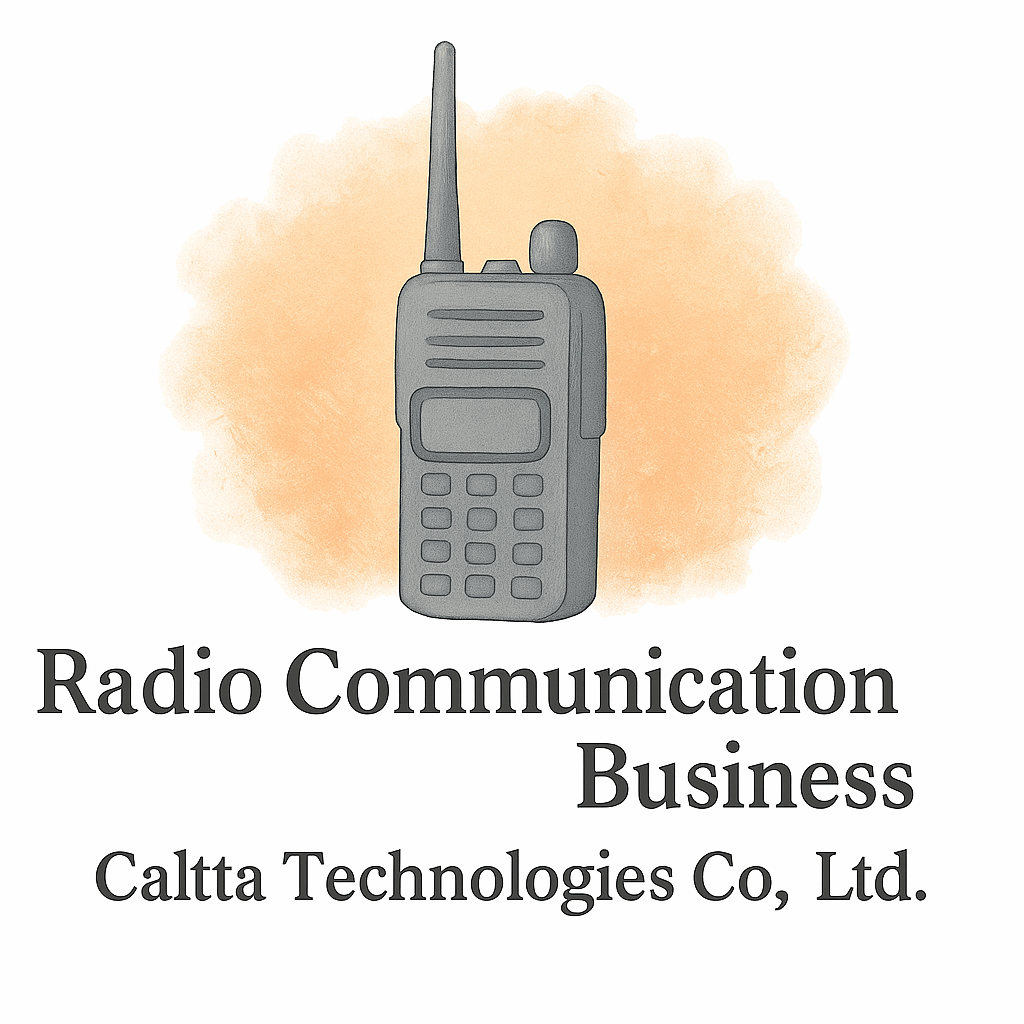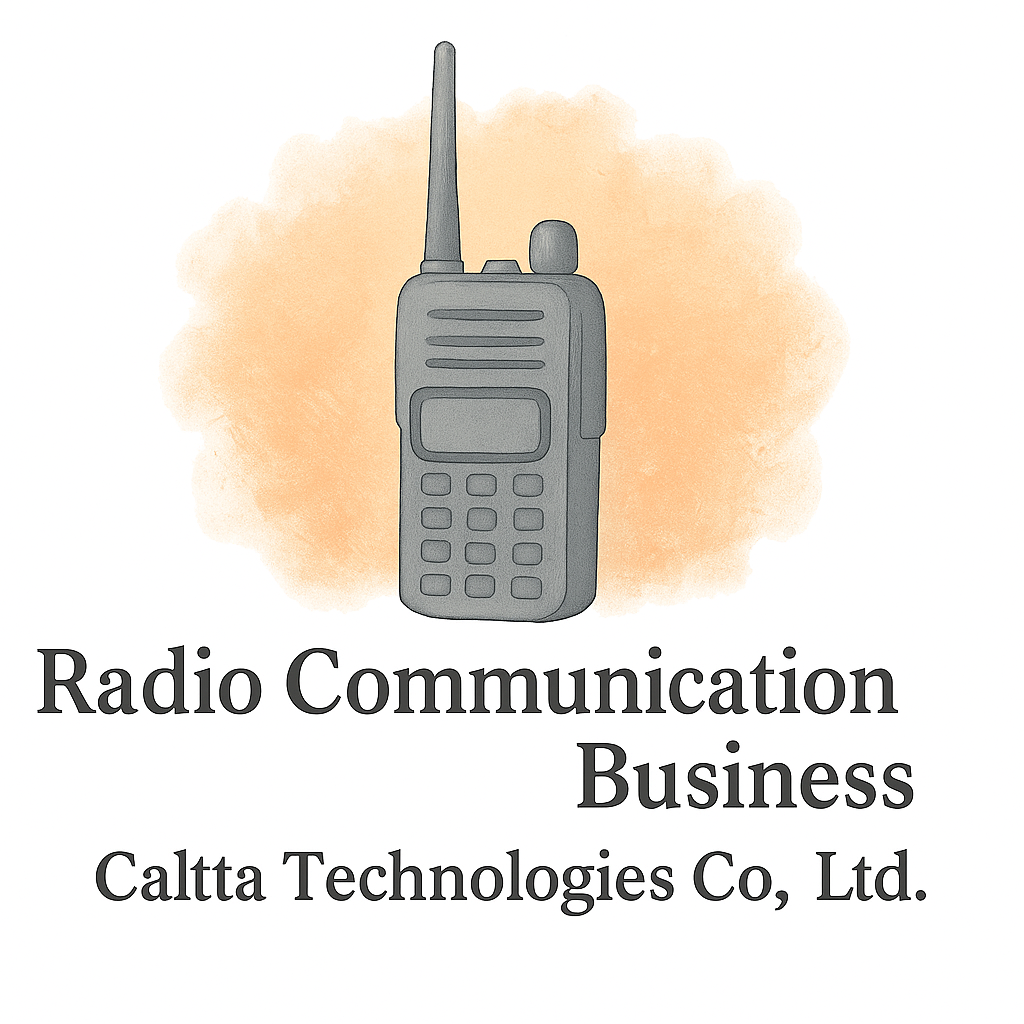Introduction: The Evolution of Radio Communication
Radio communication has been a backbone of coordination and safety for decades. From emergency responders to government agencies and private security firms, radio systems offer a level of dependability that cell phones or internet-based tools can’t always match. But as technology moves forward, so does the way agencies use radios. New advancements are redefining what’s possible, and agencies that want to stay ahead must embrace these trends.
In this article, we’ll break down 12 future trends in radio communication for agencies—from AI-driven enhancements to IoT integration—that will reshape the way organizations operate.
Why Agencies Still Rely on Radio Communication
Reliability in Critical Situations
Imagine a disaster zone where cellular towers are down. Radios still work because they can connect point-to-point or through repeaters. Agencies value this reliability, especially when every second counts.
Cost-Effectiveness Compared to Other Systems
Unlike complex IT infrastructure, radio systems remain cost-efficient. They don’t require expensive data plans or constant software licensing, making them a budget-friendly choice for both small and large agencies.
Trend #1: Integration with Artificial Intelligence
Smarter Channel Management
AI can analyze communication traffic in real-time, reducing interference and automatically switching to the clearest channels. This ensures smooth communication even in congested areas.
Predictive Maintenance Through AI
AI-powered diagnostics can predict when a radio unit might fail, saving agencies from downtime and expensive emergency repairs.
For deeper insights into equipment and technology upgrades, check Caltta International’s technology section.
Trend #2: Shift Toward Digital Radio Systems
Benefits of Digital Over Analog
Digital radios provide clearer audio, better range, and data-sharing capabilities. Unlike analog, they allow encryption and integration with other technologies.
Case Studies in Government and Private Agencies
Many police departments and fire services worldwide are already moving to digital systems, citing better clarity during emergencies.
Learn more about business setup changes and industry trends at Caltta’s industry insights.
Trend #3: Enhanced Encryption and Security
Addressing Compliance and Regulation
Agencies must meet strict communication standards. Encryption ensures that sensitive conversations remain private and compliant with laws and regulations.
Protecting Against Cyber Threats
With cyberattacks on the rise, secure communication channels are no longer optional—they’re a must-have.
Trend #4: Use of Cloud-Based Radio Networks
Scalability for Agencies
Cloud-based systems allow agencies to scale communication up or down depending on mission requirements.
Cost-Saving Potential
Instead of investing heavily in hardware, agencies can leverage cloud infrastructure, aligning with cost-saving strategies.
Trend #5: IoT-Enabled Radio Devices
Real-Time Data Sharing
Future radios will integrate with IoT sensors, providing live updates on location, weather conditions, or biometric data.
Industry Applications
Think of firefighters whose radios also track oxygen tank levels, or border patrols monitoring drones—all seamlessly connected.
Trend #6: Improved Battery and Energy Efficiency
Longer-lasting batteries will reduce downtime and costs. Innovations like solar-charging radios could soon be standard.

Trend #7: Hybrid Communication Systems (Radio + LTE + 5G)
Seamless Network Switching
Hybrid systems will let radios switch automatically between traditional bands, LTE, and 5G, depending on availability.
Greater Coverage in Remote Areas
This ensures that even remote field teams can stay connected without interruption.
Trend #8: Voice Recognition and Smart Commands
Hands-free operation powered by AI-driven voice recognition will make radios smarter. Officers could issue commands like “switch to emergency channel” without pressing buttons.
Trend #9: Miniaturization and Wearable Radios
Radios are getting smaller, lighter, and wearable—integrated into uniforms, helmets, or even smartwatches.
Trend #10: Push-to-Talk (PTT) Apps on Smartphones
Agencies Leveraging BYOD (Bring Your Own Device)
PTT apps transform smartphones into radios. Agencies can cut equipment costs while maintaining secure communications.
Trend #11: AI-Driven Data Analytics from Radio Transmissions
Radios will soon collect and analyze data patterns, offering agencies insights into team performance, response times, and resource allocation.
Trend #12: Virtual and Augmented Reality Training with Radios
Imagine training sessions where recruits practice coordination in VR scenarios while using real radios. This combination builds muscle memory and real-world readiness.
Challenges in Adopting Future Trends
Budget Constraints
New tech isn’t cheap. Agencies need smart financial planning to allocate resources effectively.
Training and Compliance
Switching to advanced systems requires training. Agencies must ensure teams adapt while staying compliant with industry regulations.
Best Practices for Agencies Embracing Change
Partnering with Tech Providers
Agencies should work with providers like Caltta International to implement scalable and secure solutions.
Continuous Training Programs
Regular workshops, conferences, and networking events help teams stay updated.
Conclusion: The Road Ahead for Radio Communication
The future of radio communication for agencies looks exciting. From AI-driven enhancements to hybrid LTE-radio systems, the innovations are endless. Agencies that embrace these trends will not only stay ahead but also ensure safety, reliability, and cost-efficiency for years to come.
Want to learn more about business communication and setup strategies? Visit Caltta International for expert insights.
FAQs
1. Why is radio communication still relevant for agencies?
Because it offers unmatched reliability, especially in emergencies where cell networks may fail.
2. What role will AI play in radio communication?
AI will enhance channel management, predict maintenance needs, and improve efficiency.
3. How does encryption impact compliance?
It ensures secure communication, helping agencies stay compliant with laws and regulations.
4. Will traditional analog radios disappear completely?
Not immediately. Analog will phase out gradually, but digital and hybrid systems will dominate.
5. Are cloud-based radio systems secure?
Yes, when backed by strong encryption and trusted providers.
6. How will IoT shape future radio use?
IoT will allow radios to share real-time data, making them more powerful in decision-making.
7. What’s the biggest challenge agencies face with radio innovation?
Balancing budget limitations with the need for advanced features.


